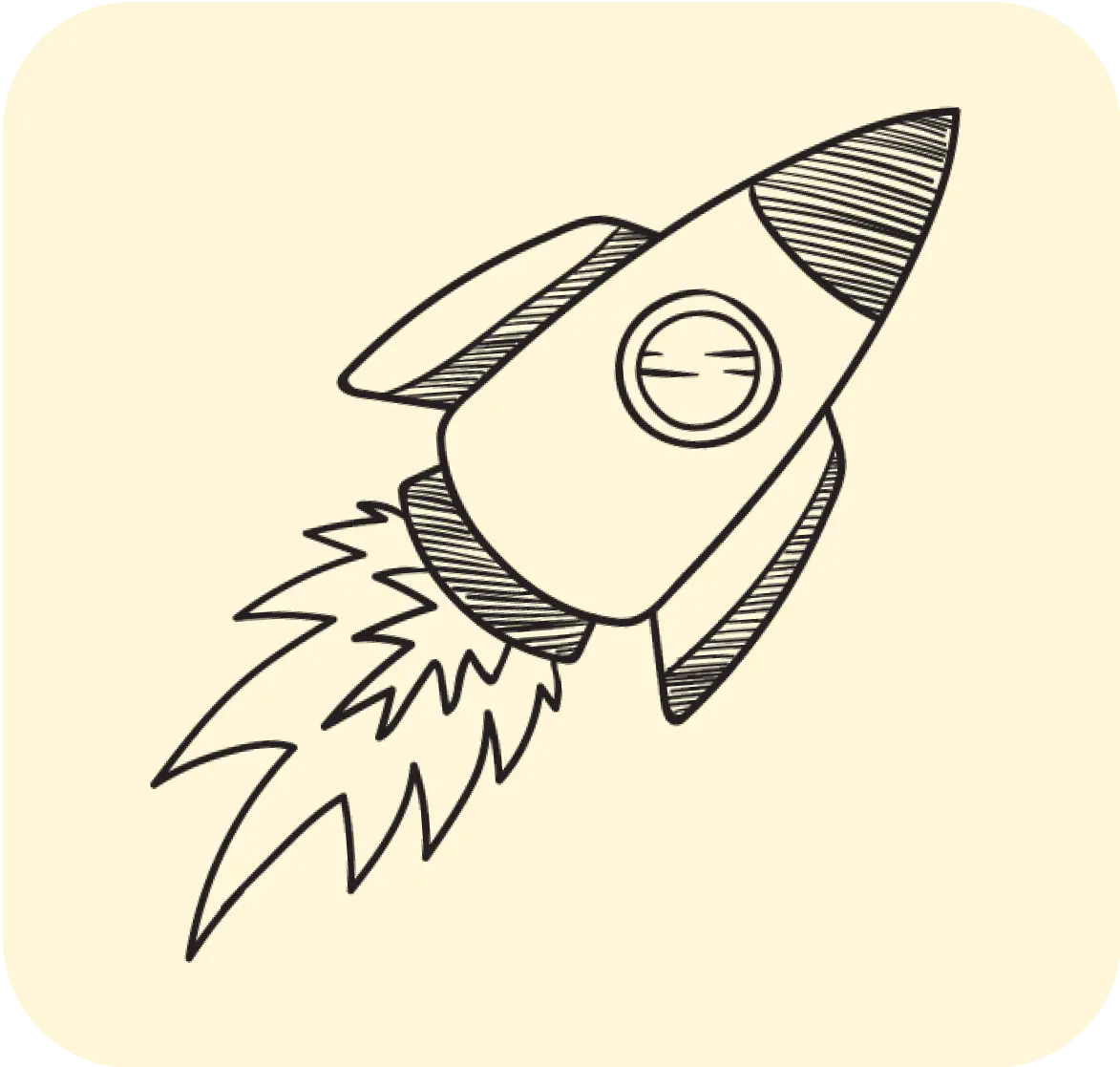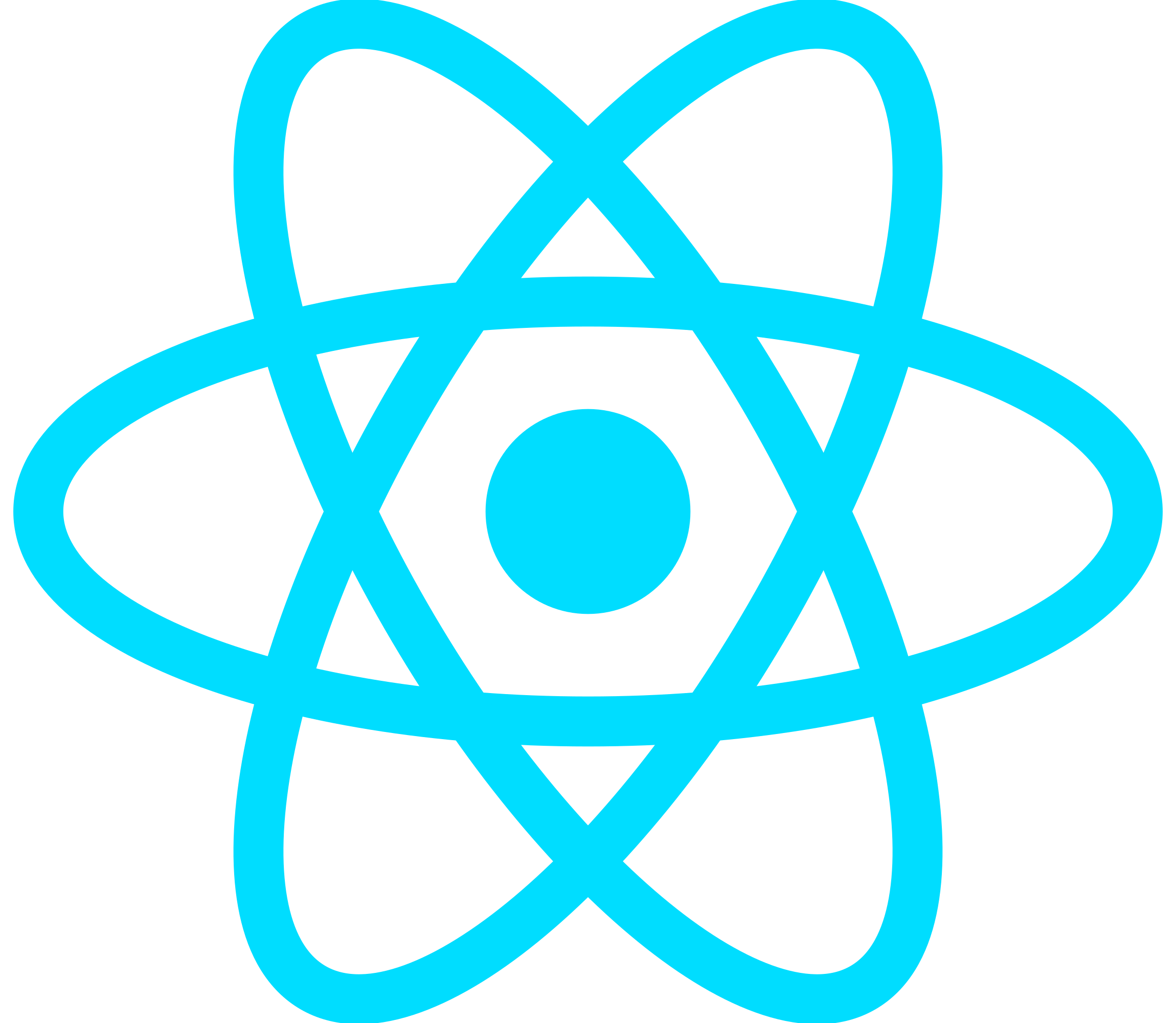Over 15+ Clinics See Success by Adopting RPM App, PDC With Remote Care in 2 Months
We built a HIPAA-compliant and scalable remote patient monitoring web app to help healthcare providers deliver faster, real-time, and much more affordable remote care.

About Client and Key Challenges
The increasing need for home care, especially among older adults and post-surgery patients, led a team of healthcare enthusiasts to approach us with an idea for a remote patient monitoring app.
As a leading telemedicine app development company, we recognized the limitations of existing healthcare systems in providing remote care and set out to build a platform that would enhance at-home care.
The remote patient monitoring app stands out for its efficiency and convenience. It offers a solution to the challenges faced by current healthcare systems, allowing patients to access quality care from their homes. The app provides real-time alerts and monitoring using modern technology, making healthcare more affordable and accessible.
Healthcare providers can detect health issues early, improving patient care and reducing costs. The app supports multiple smart health devices, ensuring comprehensive coverage. Adaptable to diverse needs, it prioritizes preventive remote care and simplifies communication for smoother billing.
Solution - Our Partnership Goal
Our client wanted a small, tech-strong, and flexible team capable of taking ownership. They needed development partners with healthcare expertise, a willingness to build new solutions, an innovative mindset, and a focus on using the latest technologies with ongoing support. We developed a remote patient monitoring app that adapts to their needs and keeps costs down.
This solution gives the client control, meets diverse user needs, and supports efficient remote care. As a telemedicine app development team, we created an app for remote senior monitoring that provides a high level of functionality and adaptability.
Before
- Frequent in-person visits
- Inefficient communication between patients and providers
- Lack of real time data
- Limited historical data
- Inability to continuously monitor health
- High operational costs
- Manual and time-consuming administrative tasks
- Difficulty in tracking patient progress remotely
- Limited preventive care options
After
- At-home monitoring
- Real-time readings
- Vital sign alarms
- Streamlined operations
- Improved efficiency
- Enhanced communication
- Better patient progress tracking
- Internet-connected
- Reduced need for in-person visits
- Results viewable in online portal
- Lower operational costs
- Automated administrative tasks
- Increased patient engagement and satisfaction
- Proactive health management
- Integrated care coordination among healthcare providers
- Improved data accuracy and reliability
- Compliance with HIPAA guidelines
- Secure data management and privacy protection
- Customizable and scalable solution
Technologies We Used for Telemedicine App Development
Team Formation

The development of the PDC app demonstrates our collaborative approach. Our team of seven members, including skilled telemedicine app developers, partnered with a dedicated client team of three key stakeholders.
We utilized Slack for daily updates and Asana for project management to ensure clear communication and organization.
The telemedicine app development process embraced Agile methodologies, with 2-week sprints keeping the project focused and efficient.
We handled support issues promptly via Slack, and our bug resolution approach involved thorough testing in development, testing, and staging environments before deployment to production.
This structured and communicative approach ensured a smooth workflow and led to the successful development of the custom healthcare app.

clinics enrolled in 60 days
secure and HIPAA compliant
devices like CGM, BPM supported
clinics enrolled in 60 days
secure and HIPAA compliant
How We Created a Real-Time Remote Patient Monitoring App Platform
Our team collaborated with the client to understand their objectives and develop a remote patient monitoring (RPM) app tailored to their patient demographic, focusing on pre- and post-surgery and elderly patients. Beginning with comprehensive feature and technology planning sessions, we meticulously crafted a roadmap to align with the client's goals.
The RPM software uses HIPAA-compliant AWS services for secure data management and storage. To efficiently handle data processing, we implemented scalable SQS queues, ensuring seamless transmission and processing of health data from various sources, such as continuous glucose monitors (CGM), blood pressure monitors (BPM), and other wearable health monitoring devices for comprehensive patient monitoring. Our telemedicine app development services were crucial in delivering a solution that met the client's needs and ensured effective remote care.

Connect Smart Health Devices
Patients receive wearable health monitoring devices that seamlessly integrate with software, improving home health care.


Real-Time Monitoring & Alerts
Providers see patients' latest health data in real-time, allowing for quicker decisions and timely intervention through critical reading alerts.


HIPAA-Compliant Multi-Access
Separate logins for admins, providers, patients, and specialists ensure adherence to strict HIPAA regulations and safeguard patient data.


Connected Care Teams
Patients securely share health data with authorized healthcare providers, fostering collaboration for better at-home care.

What happened next - Results
The remote patient monitoring app, PDC, a platform that simplifies at-home care for seniors and pre- and post-surgery patients, was a huge success. Many clinics have adopted the app, and we expect significant growth in the near future, further solidifying its position in the market.
The client was delighted with our approach to the project, appreciating how we efficiently managed every aspect and precisely met their needs. Healthcare professionals and patients laud the app's intuitive interface and secure data management, creating a win-win situation.
Capitalizing on this momentum, we're working with our client to actively expand the app's capabilities. We aim to enhance compatibility with a broader range of medical devices beyond the existing blood pressure monitors (BPM) and continuous glucose monitors (CGM). This will allow even more comprehensive remote monitoring, helping healthcare providers to offer better care.
Our healthcare software development services have proven effective, and we continue to explore how to build a telemedicine application that meets evolving needs. Our expertise in telemedicine app development remains central to our efforts in advancing remote care solutions.





